Royal Canadian Air Force Wellington Down
What really happened?

A Wellington of 425 Squadron
The two American Flying Fortresses that collided over the Thames close to Canvey Island in June 1944 are well documented and their memorial can be found on the island. But what of a Wellington bomber in November 1942 that so far has eluded closer inspection?
In November 1942 an aircraft on fire flew the length of Canvey ‘with bits dropping off…’, according to eye witnesses. ‘The plane cleared the old Canvey seawall and East Haven Creek towards Pitsea. It broke up over a pond.’
Roy, alias ‘makingtracks’, mentioned the incident on Dave Bullock’s Canvey websites in November 2007: ‘Please also remember the seven French–Canadians that were killed in a Wellington bomber that flew down the length of Long Road, engine ablaze and crashed and burned so fiercely at the end of Northwick Road, that when the bodies were recovered the pennies in their pockets had melted and fused to the bones. These guys are buried in Sutton Road Cemetery in Southend.’

The French-Canadian war graves in Sutton Road Cemetery, Southend.
Another message adds: ‘…as far as I can make out, the Wellington bomber was on a routine training flight when a German night fighter, which was on the prowl over the Thames area caught it. It flew along the length of Long Road all ablaze and eventually came down on the opposite bank of the creek at the end of Northwick Road. This is now where Pitsea tip is, I imagine.’
Gary Foulger reported that on 16 November 1942 British Wellington Bomber No. BJ894, believed to belong to ‘P’ Squadron, crashed on the marshes near South Staines Farm, caught fire and was completely destroyed. The crew of six were killed. The 425th R.C.A.F. Squadron R.A.F. were informed and an R.A.F. guard mounted. (All official documents and personal effects were taken possession of by an R.A.F. intelligence officer from Rochford Aerodrome.)
Then he adds: ‘There was an Anti-Aircraft Station at Monkswick. Lights were requested to guide the stricken craft and crew, but were refused on the grounds they might guide in enemy bombers that might be in pursuit.’
The six Canadian airmen were:
Flight Sergeant (Air Bomber) Joseph Yves Camille Charles A. LaFlamme, (Service No: R/96120) of 425 Sqdn. Son of Alban and Edna Laflamme, of Ottawa Ontario.
Flight Sergeant (Pilot) Norman Andrews Ash, (Service No: R/105801) of 425 Sqdn. Age: 20. Son of Sidney Robert and Neina Andrews Ash, of Peace River, Alberta.
Flight Sergeant Jack Tritt, (Service No: R/66697) of 425 Sqdn. Age: 25. Son of Gerald and Sarah Tritt, of Montreal, Province of Quebec.
- Flight Sergeant Tritt enlisted in the Airforce on 1 July 1940, and received his wings as an observer from No. 1 Bombing and Gunnery School at Jarvis, Ontario, in December of that year. He was posted overseas in March 1941. He was awarded the Defence Medal and the Canadian Volunteer Service Medal With Clasp and War Medal 1939-45. There is a Star of David on his tombstone. (Jack Tritt’s Statement of Service records his death as the result of a flying accident.)
- A sister, Nursing Sister, Lieutenant Estelle Tritt, served overseas with the R.C.A.M.C.
Flight Sergeant (Air Gunner) Joseph Adelard Frederic Patry, (Service No: R/79238) of 425 Sqdn.
Flight Sergeant (W.Op./Air Gnr.) Joseph Fernand Raymond Croteau, (Service No: R/55836) of 425 Sqdn.
Flying Officer (Air Obs.) William George Laut, (Service No: J/11807) of 426 Sqdn. Age: 21. Son of Wallace and Elizabeth Laut, of Bracebridge, Ontario. Buried at Dishforth Cemetery, not far from the former R.A.F. Station at Dishforth.
- W.G. Laut belonged to 426 Squadron (the Thunderbirds) as opposed to 425 Squadron, but the former were not fully operational until 1943. On that fateful night he was on a training mission.
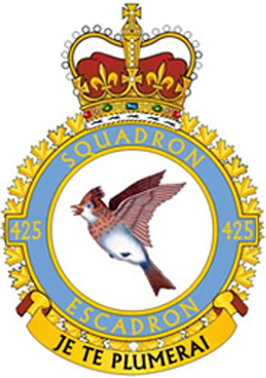
Badge of 425 Squadron
No. 425 Squadron RCAF (now 425 Tactical Fighter Squadron also known as Alouette (French – Skylark) Squadron was formed 22nd June 1942 as the first French Canadian squadron at Dishforth in Yorkshire, as a bomber unit flying Vickers Wellingtons. On the night of the 5th/6th October 1942 the squadron went into action for the first time bombing Aachen with a small number of aircraft.
No. 426 ‘Thunderbird’ Squadron was a RCAF squadron formed at Dishforth as part of No. 4 Group, Bomber Command, alongside No. 425 on 15 October 1942 with Vickers Wellington Mk IIIs and Mk Xs. It began operations against occupied Europe in January 1943, flying a growing intensity of sorties by night, principally over Germany. The Badge of No. 426 Squadron is a thunderbird, a mythical creature, the sight of which is supposed to cause havoc and death to those who perceive it.
There are still a number of questions I have not been able to answer, but perhaps this will stir some memories somewhere. Perhaps there is a memorial and I just have not been able to find it?
See documents added by Joseph Aspler on the accident here
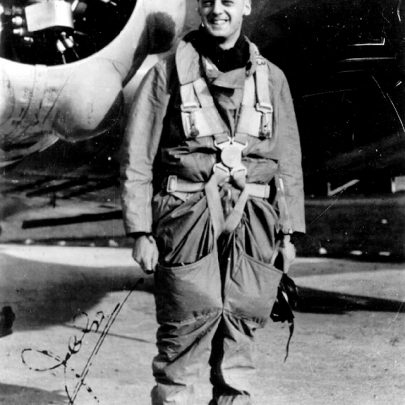
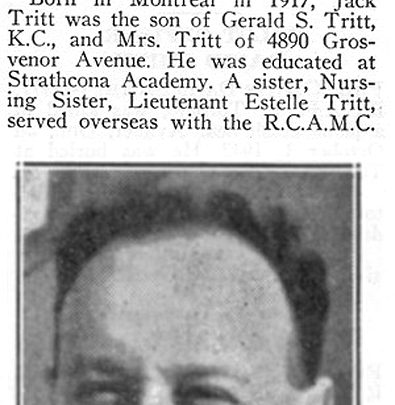
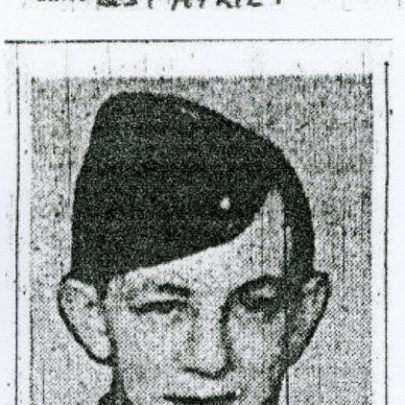

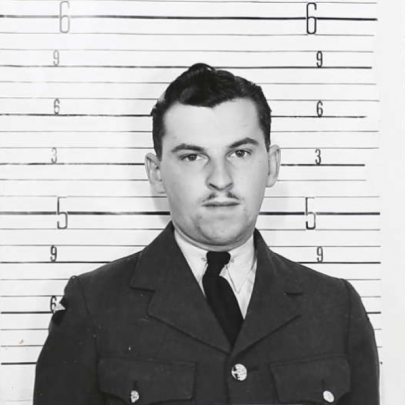
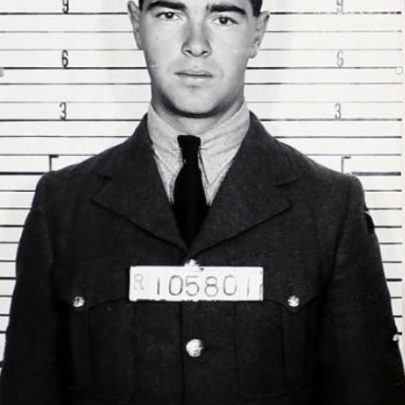
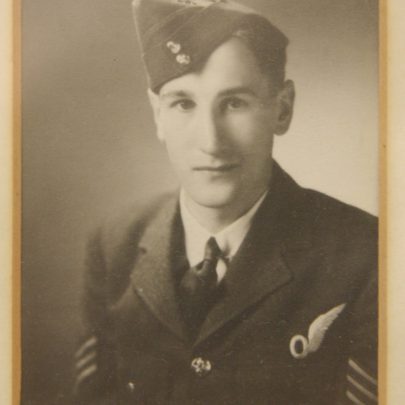




Comments about this page
I am the nephew of Flt. Sgt. Jack Tritt of Montreal, the navigator of the RCAF Wellington bomber that crashed near Pitsea on November 16, 1942.
I am very curious about the source of the information on this page regarding the circumstances of the crash. The reason for my puzzlement is that this conflicts with research that I did about 20 years ago. The summary of the investigation (from the Accident Record Card in the RAF archives) stated that this was purely an accident. The aircraft was on a Bullseye Cruise, which was the name given to the final training mission before combat. This was a night mission from their base in Yorkshire to make a mock attack on a British target. The aircraft was held in the searchlights. The pilot took violent evasive maneuvers, during which the aircraft’s elevators lost their fabric covering, and the pilot lost control. There was no mention of enemy action in the official report.
I also obtained a copy of the Air Raid Warden’s report in the Essex County Archives, which places the crash site at “Staine’s Farm, Bowers, Gifford Marshes, 206032 Map Ref.” Is it possible that the information was conflated with another aircraft loss?
I know that there were many aircraft lost in that area. Indeed, on one visit to Southend about 20 years ago, I met someone who claims that he had seen the crash: a Lancaster Bomber returning from a mission. The only problem was that in 1942, the RCAF was not yet flying Lancasters, and of course my Uncle’s aircraft was a Wellington. I would be very grateful if anyone could provide additional information.
The information on this page regarding enemy action was taken from a comment on another website dated 2007.
Add a comment about this page